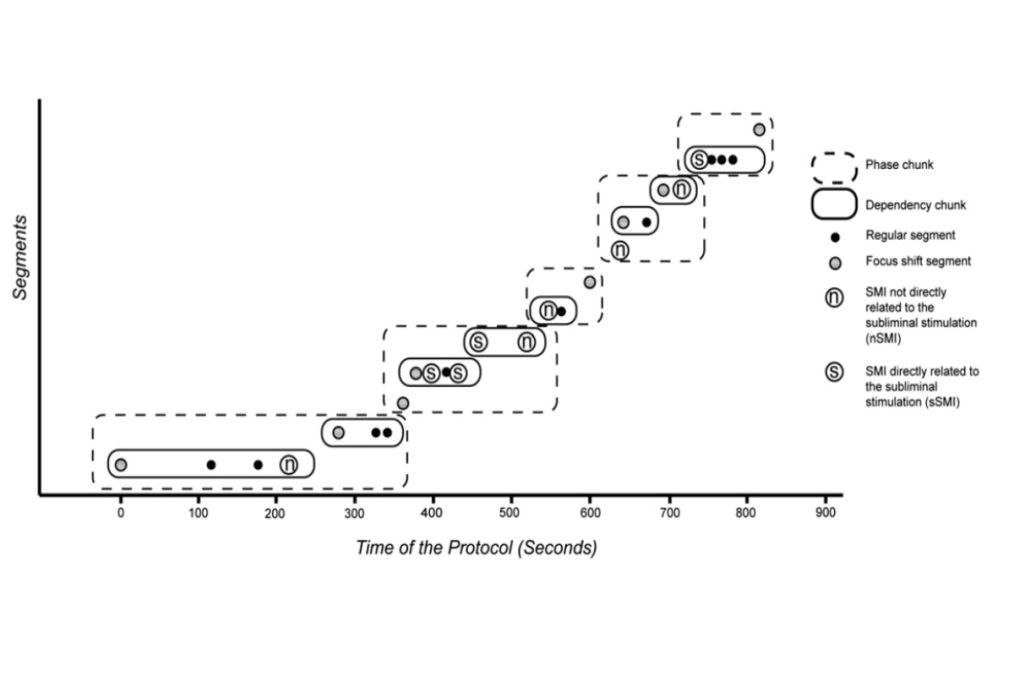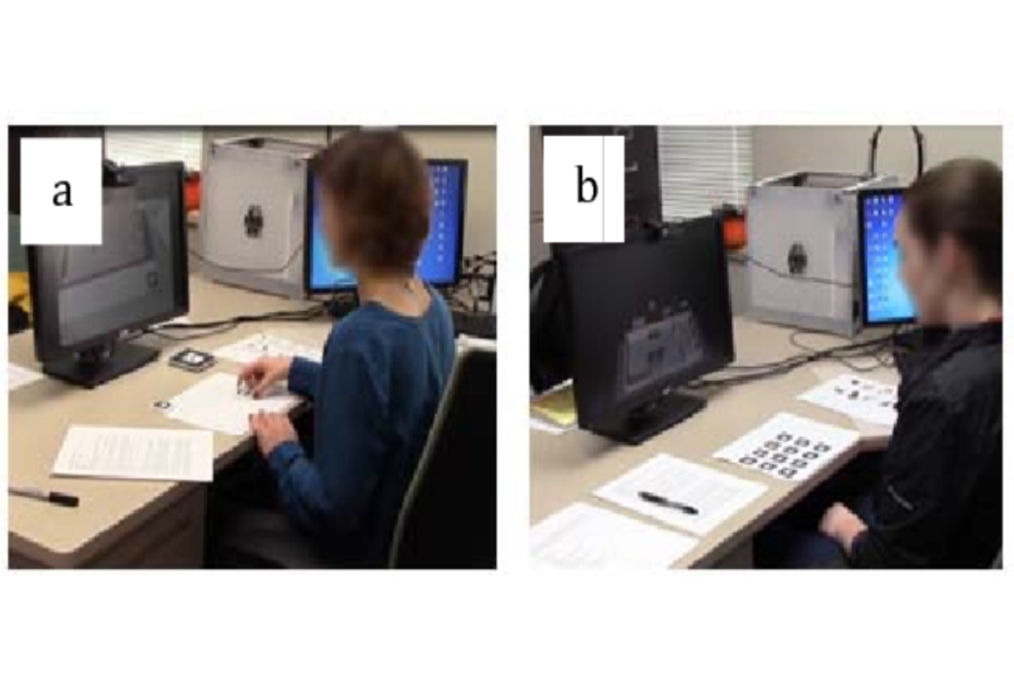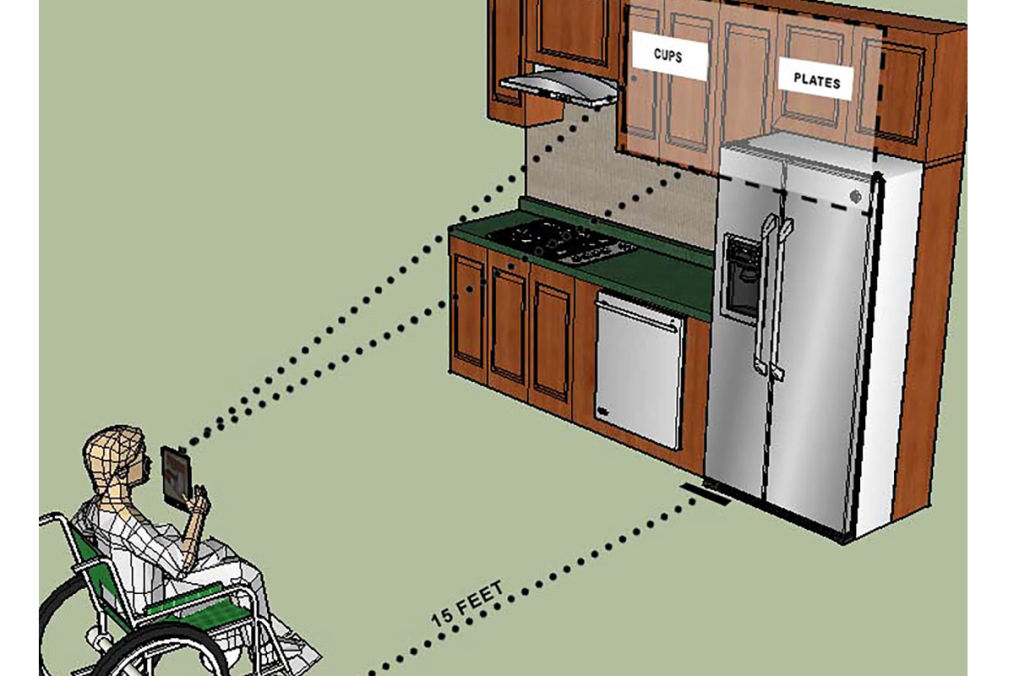
The effect of subliminal suggestions on
Sudden Moments of Inspiration (SMI) in
the design process
The purpose of the study is to identify Sudden Moments of Inspiration (SMI) in
the architectural design process to examine the effect of subliminal suggestions
on SMI. In the study, two experienced designers were selected and were
provided with a design task. While one designer was subjected to subliminal
suggestions through a slide show presentation and a video clip, the other designer
was not. The design sessions of both designers were recorded, coded and
analyzed, using concurrent and retrospective protocol methods. Comparison of
the two design protocols provided convincing evidence of the occurrence of SMI
influenced by subliminal suggestions.
Citation: Chandrasekera, T., Vo, N., & D'Souza, N. (2013). The effect of subliminal suggestions on Sudden Moments of Inspiration (SMI) in the design process. Design studies, 34(2), 193-215.



